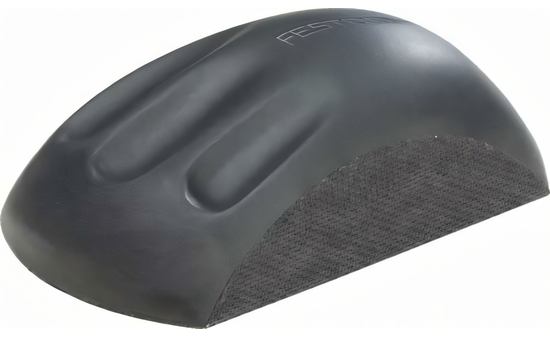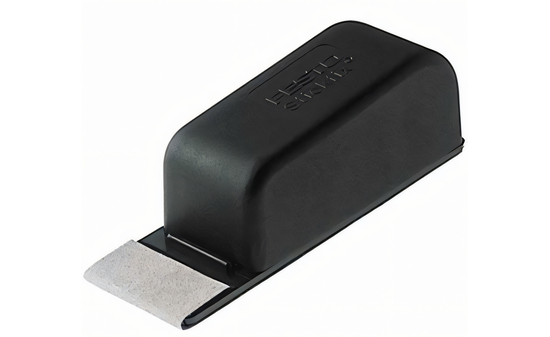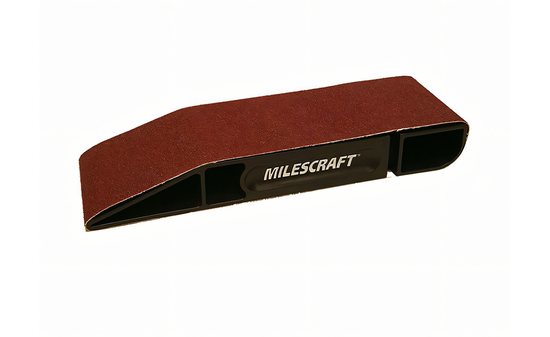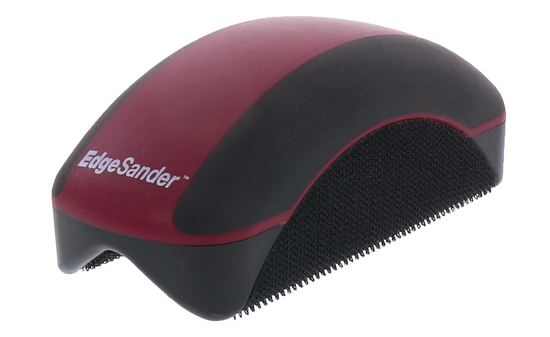Hand Sanders
Whether sanding furniture, window frames or doors, it gets tight at the corners and the limits of random orbital sanders & co. are reached. Then the next step is hand sanding. There are different variants for this:
- Sanding cork
- Hand sanding pads
- Abrasives
- Hand blocks
- Wooden blocks or board remnants
Everything about hand sanding
Whether sanding furniture, window frames or doors, it gets tight at the corners and the limits of random orbital sanders & co. are reached. Then the next step is hand sanding. There are different variants for this:
Sanding cork
The sanding block made of cork is the conventional abrasive for sanding flat surfaces and edges. The sanding block is wrapped with sandpaper on the bottom and flanks.
Hand sanding pads
The sanding discs are usually covered with Velcro and have a plastic or padded underside. Both paper discs and fabric sanding discs can be used.
Abrasives
Abrasives such as fleece abrasives are often used without any blocks or pads at all. This gives them the advantage of being able to work on contours perfectly.
Hand blocks
The ergonomic shape of a sanding block makes it comfortable to hold. The hand sanding block Multitool provides more flexibility during sanding with its exchangeable sanding profiles. With the SandDevil hand sander, a clever lever mechanism guarantees effortless sanding belt change and a firm grip of the sanding paper.
Wood blocks or board remnants
These abrasives are only suitable to a limited extent for sanding surfaces and contours. However, for breaking edges, especially with coating, these two variants perform well.










